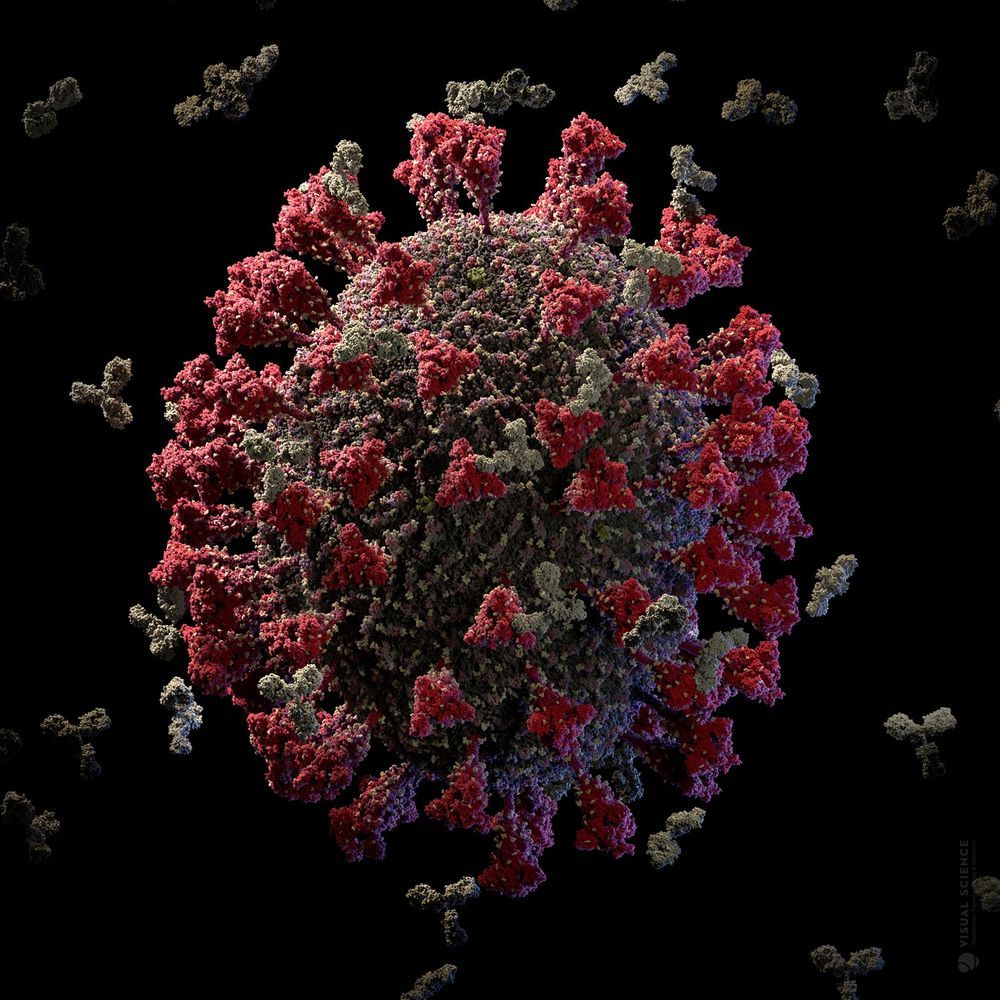A superficial treatment of Transhumanism by CNN.
Photographer David Vintiner’s portraits feature subjects identifying as “transhuman,” including a man with bionic ears and a woman who can “feel” earthquakes.
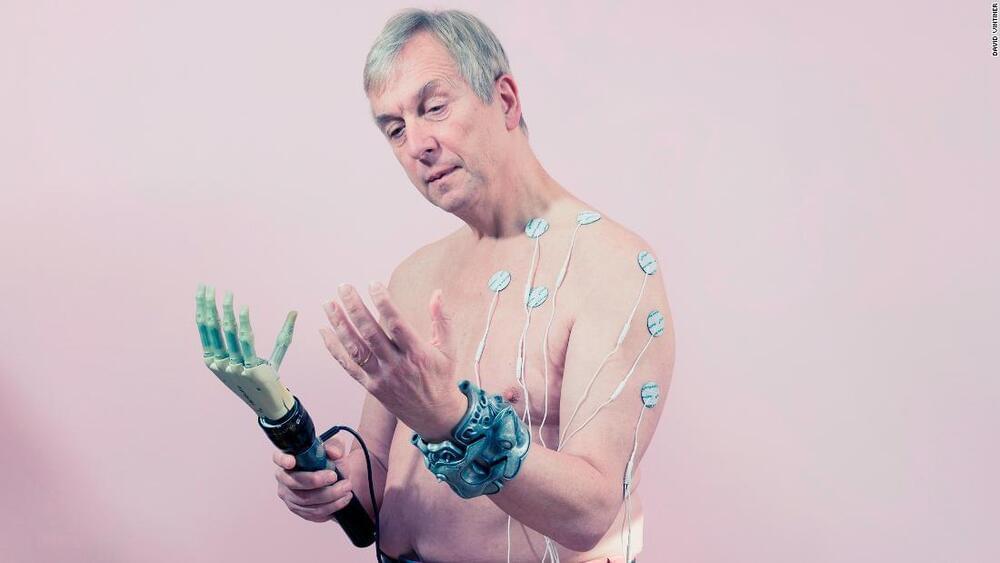
Does artificial intelligence jeopardize employment for humans? What will people do when smart robots join the workforce? AI already plays a role in many of our jobs, and if you have ever searched for information online, you have interacted with an AI. If we extrapolate the evolution of search, we can imagine that soon AIs will become even better at helping us learn solutions that have worked in the past and remember what things have failed. In this way, working with AIs can be like having a really smart colleague or expert old-timer on our team. And these AI coworkers can also help us experiment with new approaches because AIs can be creative as well. Their creativity is unlike human creativity, and that uniqueness is its primary value. AIs can also make valuable team members by performing rote tasks that humans are or become bored by. The share of work that AIs perform is likely to shift over time, but I cannot think of a single job or occupation that will not benefit from collaborating with and delegating to AIs. If we reframe our fears about robots taking human jobs, if we can utilize the AI over our shoulder, if we can see AIs as team members, we will find the future of work holds opportunities for all of us.
This video on “The Future of Employment with AI” was commissioned by China Mobile as part of an online course. It is one of 36 lecture videos. A version with Chinese subtitles is available at Citic Migu: http://citic.cmread.com/zxHtml/listenBook/listenDetail/liste…&channel=1
A transcript of the lecture in English is available here: https://drive.google.com/file/d/16dYZ4Vwm796ScRQ0lHrEauwC4M3…sp=sharing
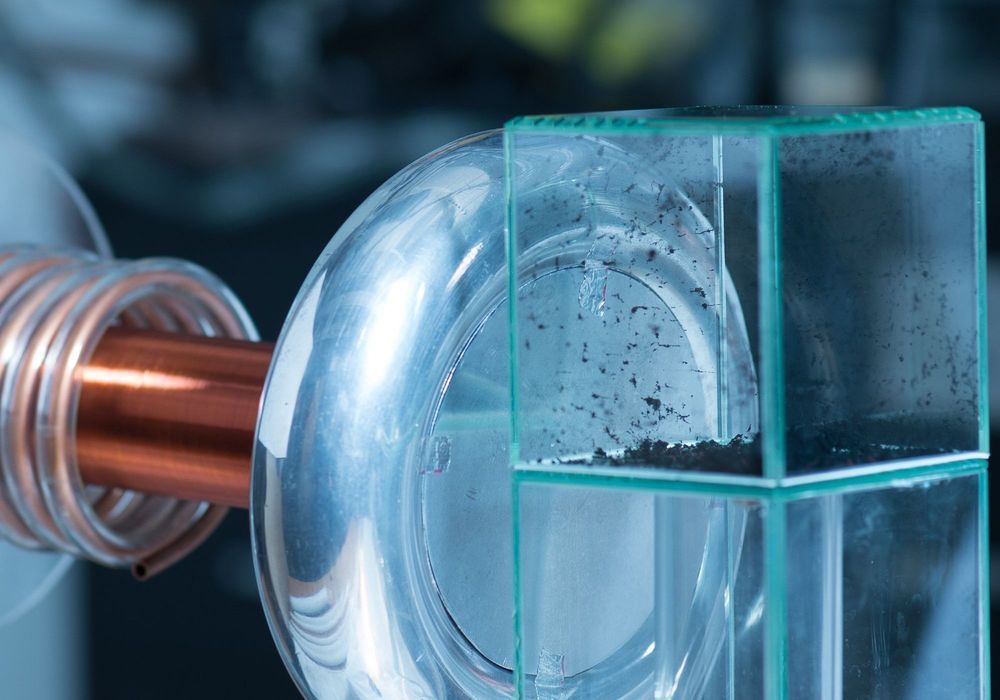
Circa 2016
Not all important scientific research is cool looking, or has a cool name. But now and then you get something with both. These self-assembling carbon nanotubes are created with a process called Teslaphoresis. If you’ve read a more impressive-sounding sentence today, I’d like to hear it.
Even the lab of Rice University chemist Paul Cherukuri looks like a proper mad scientist’s lair. But don’t let the flashy trappings fool you: this is a very significant development.
Nanotubes are one of these carbon supermaterials that, like graphene, are full of interesting properties and theoretical applications but — again like graphene — are difficult to manufacture cheaply and reliably. This new method could be a breakthrough in the creation of the ultra-thin, ultra-strong, and ultra-conductive carbon nanowires.
Circa 2011
Scientists at M.I.T’s Media lab have created a camera that can capture the speed of light, taking a photo in less than two-trillionths of a second. Using multiple cameras, sensors, a pulse light source and mirrors, the researchers create slow motion movies of light moving through objects and liquids. They call the technique femto-photography. “We have built a virtual slow motion camera where we can see photons, or light particles through space,” said Associate Professor Ramesh Raskar in an video interview. “Photons travel about a million times photons travel a million times faster than bullets. So our camera can see photons, or bullets of light traveling through space.”
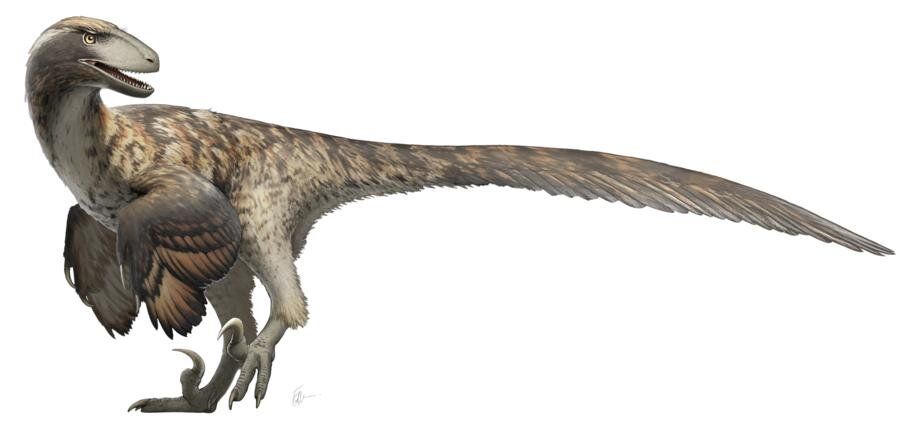
A new University of Wisconsin Oshkosh analysis of raptor teeth published in the peer-reviewed journal Palaeogeography, Palaeoclimatology, Palaeoecology shows that Velociraptors and their kin likely did not hunt in big, coordinated packs like dogs.
The raptors (Deinonychus antirrhopus) with their sickle-shaped talons were made famous in the 1993 blockbuster movie Jurassic Park, which portrayed them as highly intelligent, apex predators that worked in groups to hunt large prey.
“Raptorial dinosaurs often are shown as hunting in packs similar to wolves,” said Joseph Frederickson, a vertebrate paleontologist and director of the Weis Earth Science Museum on the UWO Fox Cities campus. “The evidence for this behavior, however, is not altogether convincing. Since we can’t watch these dinosaurs hunt in person, we must use indirect methods to determine their behavior in life.”
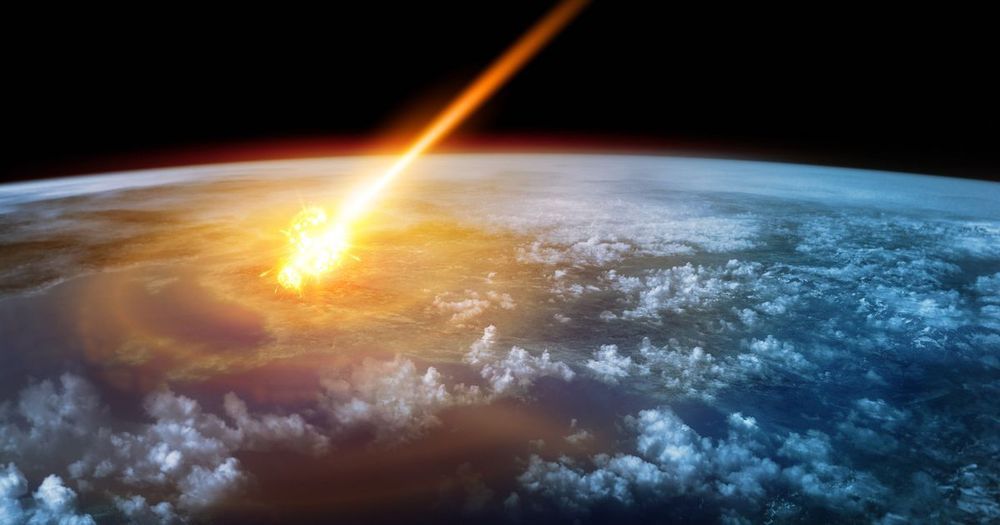
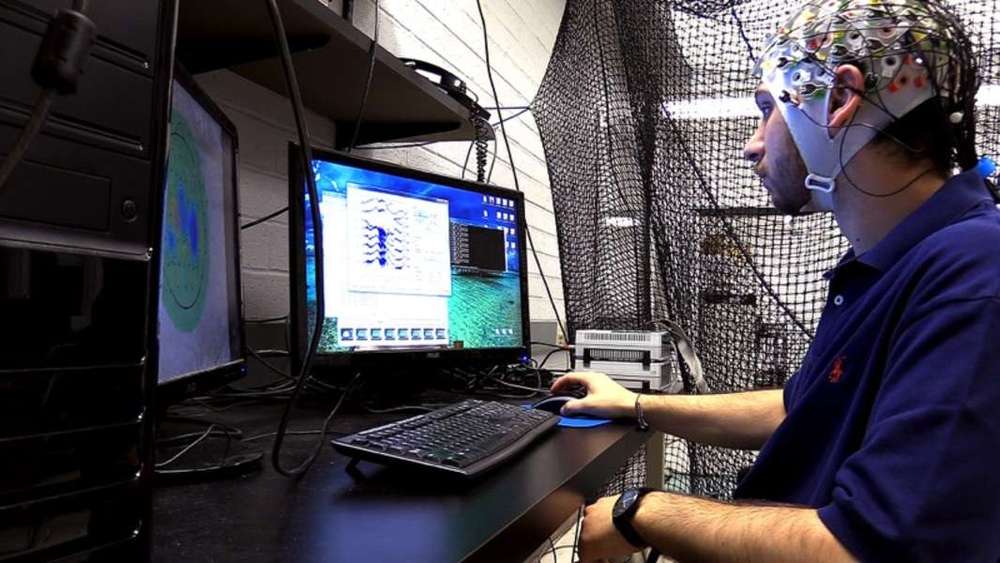

The journey took a very long time—505 days to fly 26,000 miles (42,000 km) at an average speed of about 45 mph (70 kph)—but pilots Bertrand Piccard and Andre Borschberg successfully landed the Solar Impulse 2 aircraft in Abu Dhabi on Tuesday, after flying around the world using only the power of the Sun. Solar Impulse 2 is a solar-powered aircraft equipped with more than 17,000 solar cells that weighs only 2.4 tons with a wingspan of 235 ft (72 m). Technical challenges, poor flying conditions, and a delicate aircraft all contributed to the slow pace. Gathered here are images from the record-setting circumnavigation, undertaken to help focus the world’s efforts to develop renewable energy sources.
ZeroAvia’s hydrogen fuel cell could be a game-changer for aircraft of all sizes.
